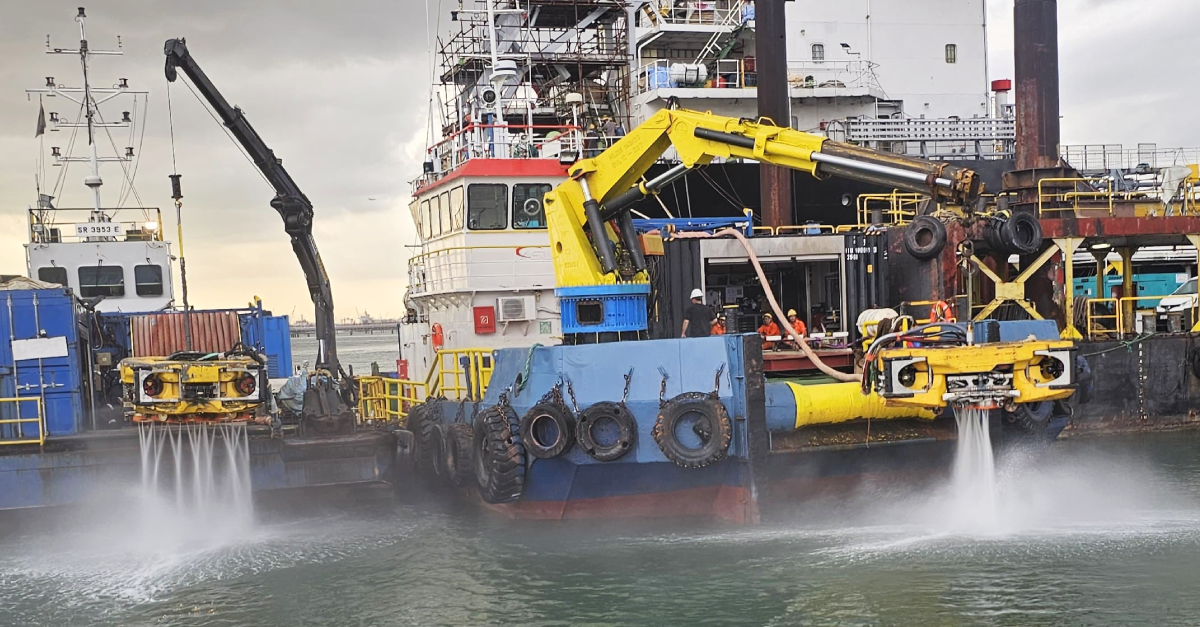Maritime trade is critical for the movement of goods and people around the globe. Whilst shipping is one of the most economical and environmentally friendly modes of transport available, it currently contributes to roughly 3% of the global greenhouse gas (GHG) emissions every year due to the size of the sector.
To reduce the GHG emissions from international shipping, the International Maritime Organization (IMO) has adopted a series of legally binding ship design and operational performance indices that must be achieved by individual vessels. Following the adoption in 2011 of the Energy Efficiency Design Index (EEDI) and the Ship Energy Efficiency Management Plan (SEEMP), IMO’s Marine Environment Protection Committee (MEPC), at its 76th session, adopted a combination of technical and operational measures, referred to as short term carbon intensity measures.
The new measures, adopted as amendments to the International Convention for the Prevention of Pollution from Ships (MARPOL) Annex VI, will require all ships to calculate their Energy Efficiency Existing Ship Index (EEXI) and to establish their annual operational carbon intensity indicator (CII) and CII rating. These measures aim to ensure that ship operators consider options to improve the efficiency of their vessels throughout their life cycle and in doing so to help reach the levels of ambition of the Initial IMO GHG Strategy, adopted in 2018, which aims to reduce carbon intensity of international shipping by 40% by 2030, compared to 2008.
One of the most significant factors impacting the efficiency of all ships in service is associated with the resistance generated by the friction of water on the ship’s hull. Resistance increases when the hull is fouled. Therefore, maintaining a smooth and clean hull free from biofouling is of paramount importance to optimise the energy efficiency of ships.


